This impressively diverse group of animals has developed hundreds of different adaptations to survive in many different habitats. Scientists estimate that we have discovered only slightly more than half of the ant species in the world. The species that we have discovered are simply fascinating. Read on to learn about the ant.
Description of the Ant
All ants have elbowed antenna, which are bent like elbows. Their bodies consist of a head, alitrunk, petiole, and gaster. The alitrunk is the first segment of the body, which is attached to the head. The alitrunk is followed by a characteristically narrow segment, called the petiole. Finally, the gaster is the large hind segment of the ant, and is typically ended with a stinger.
Interesting Facts About the Ant
With over 12,500 identified species, and an estimated 22,000 species worldwide, there are virtually endless facts about ants. Different species have different traits that make them unique. Some of the most unique traits are found in only small groups or individual species.
- Fungal Farms – There is an entire group of ants, consisting of 47 species, that survives by farming its own food. The leafcutter ants trim segments of fresh vegetation, and carry it to their nests. They use this vegetation to grow their own fungus farms! The fungus is fed to the ant larvae, and the ants feed the fungus and keep it free from bacteria and microbes. This coexistence is called a symbiotic relationship, where both creatures benefit.
- Guard Ants – In another display of symbiosis, acacia ants and acacia trees work together to survive. The ants use the hollow thorns of the tree to nest in, and feed on the sap of the tree. In return for the free home and food, the acacia ants protect the tree from any potential hazards, such as chewing insects or hungry herbivores. Nothing like a swarm of angry ants to drive you to feed on a different tree!
- Ants as Bodyguards – Speaking of providing protective details, another group of ants partners with aphids in another symbiotic relationship! These ants follow and protect the aphids as they forage for sap, and in return the aphids produce a highly nutritious nectar secretion for the ants. To release this secretion, the ants use their antennae to stroke the backs of the aphids.
- Caterpillar Caper – Just like the relationship between ants and aphids, a different species of ants receives preferential treatment from the lycaenid caterpillar. In a similar display, the ants are fed nectar from the caterpillar’s secretions, and in return the ants protect the caterpillar. They will even swarm onto the caterpillar’s back to discourage birds from preying on their caterpillar, as ants taste unpleasant to birds.
Habitat of the Ant
Ants can be found in virtually any ecological niche, and live in a wide range of habitats. They can be found in urban settings, tropical rainforests, deciduous forests, deserts, and many, many more.
Distribution of the Ant
Just like their wide habitat distribution, ants can be found across many different locations as well. They naturally occur in virtually every landmass on earth. The only places without native species of ants are Antarctica, Polynesia, Iceland, Greenland, and Hawaii. In some of these locations invasive ant species have been introduced.
Diet of the Ant
Most ant species are omnivores, and will feed on both plant and animal matter. Many ants feed on the nectar of plants, other insects (including those many times their own weight), fruits and vegetables, human garbage, and meat from carcasses of animals.
Ant and Human Interaction
Ant and human interaction is generally quite negative. When ants and humans cross paths, bites and stings frequently occur. There are a number of invasive ant species, which pose a problem to native flora and fauna. Humans also pose a danger to native ant species, through direct extermination or indirect activity like land development and pollution.
Domestication
We have not domesticated ants, but ants have domesticated aphids!
Does the Ant Make a Good Pet
Ant farms are a frequent children’s plaything, and can be a great learning activity. Ants as pets are a hands-off animal, and they should not be handled.
Ant Care
Many types of ants are easy to care for, and can make good pets. Ants should be provided with a substrate habitat for digging a nest, and suitable food to eat. This will range by species, but feeding is generally easiest when insects are provided rather than other food sources.
Behavior of the Ant
Many different species of ants have very complex social structures. Ants identify one another using smell, and ants that are not members of the colony will be attacked. Within the ant colony there will frequently be “classes” of workers, each of which has a different job.
Worker ants will have strong mandibles (jaws) and large bodies to move food and protect the nest. Drones are sexually reproducing males, who mate with queens. Queens are the only females capable of reproducing, and they do so on a mass scale.
Reproduction of the Ant
Ants have a wide variety of reproductive strategies. In some species, male drones enter a nest and release a mating pheromone so they are not attacked. These drones will breed with the queen and the queen will produce eggs. In other species, young queens hatch and perform a mating flight with the drones. Breeding occurs in midair, and the now-pregnant queens will dig a nest and begin their own anthill.

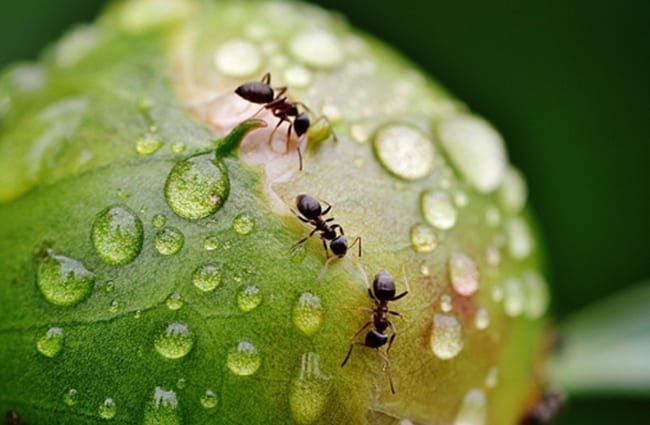


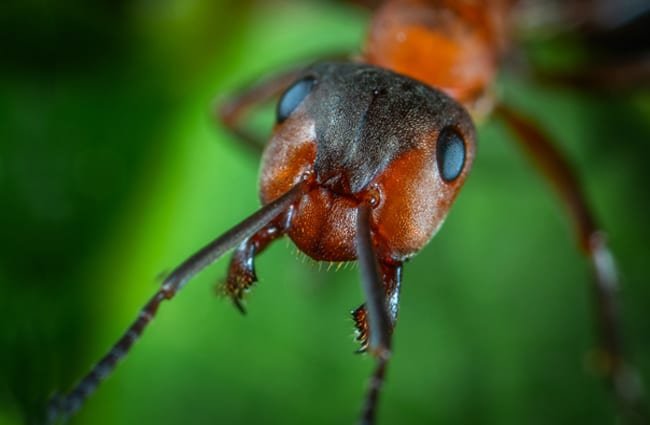
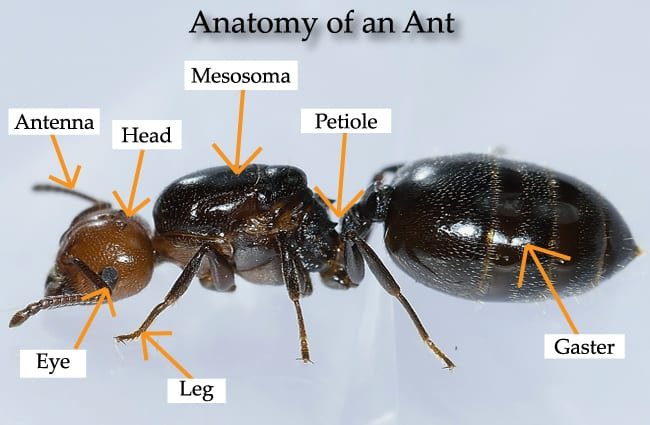


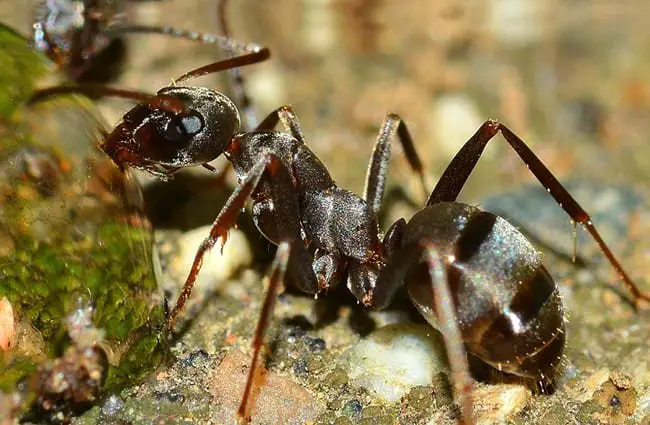

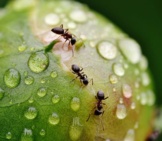

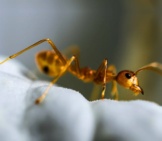

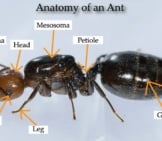
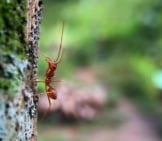

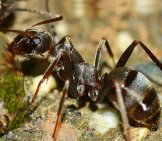
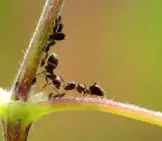
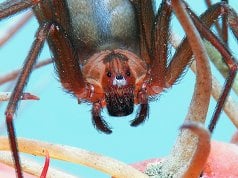
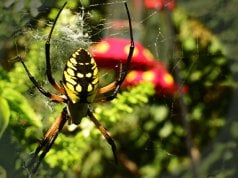

![Red Angus Closeup of a beautiful Red Angus cowPhoto by: U.S. Department of Agriculture [pubic domain]https://creativecommons.org/licenses/by/2.0/](https://animals.net/wp-content/uploads/2020/03/Red-Angus-4-100x75.jpg)

